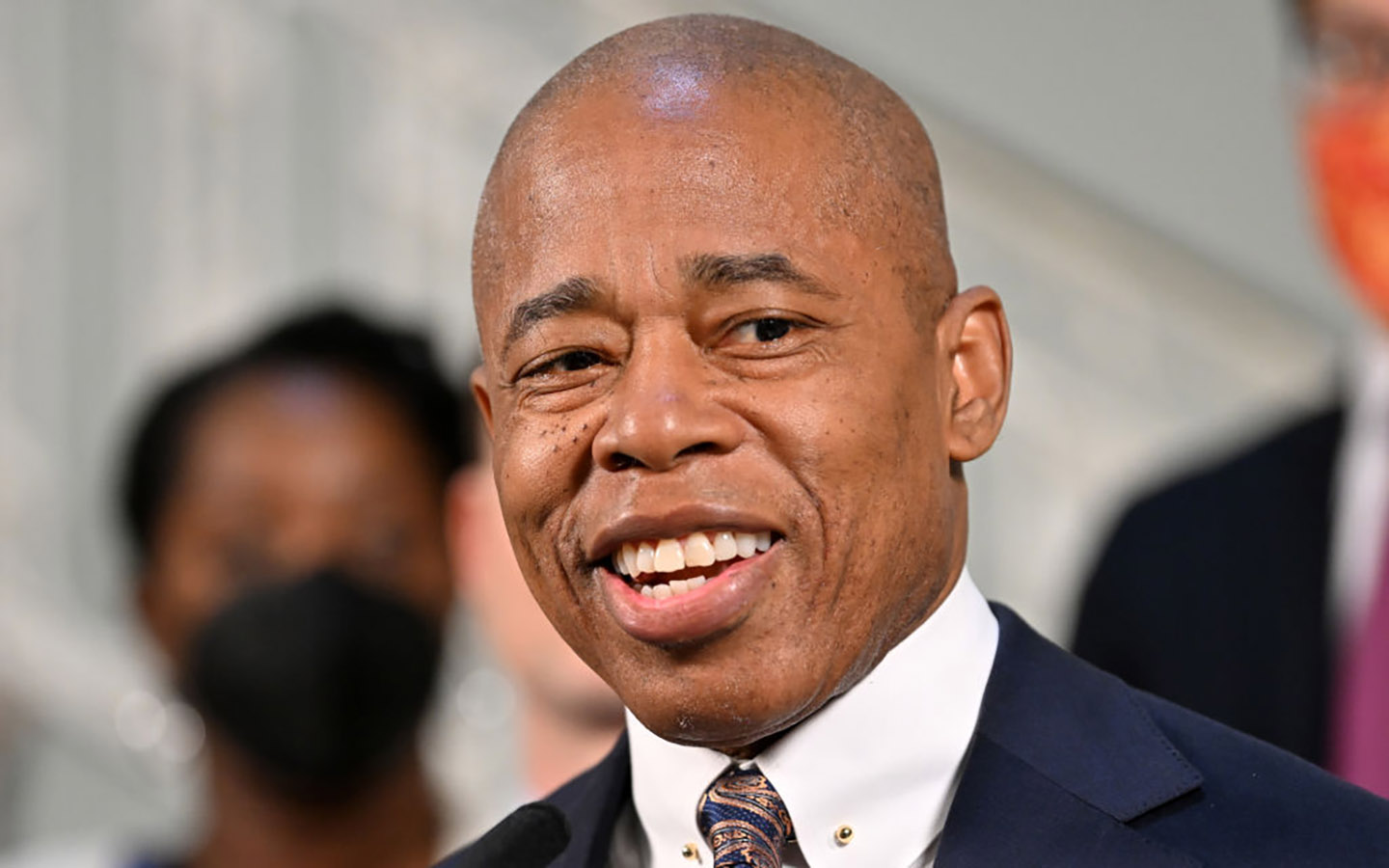Analysis: New York City Schools Take on Every Contentious Issue at Once
Mayoral control, class sizes, budget cuts and enrollment losses have competing interest groups on edge in nation's largest district

Get stories like this delivered straight to your inbox. Sign up for The 74 Newsletter
Mike Antonucci’s Union Report appears most Wednesdays; see the full archive.
The nation’s largest school district is staring at a massive change in how it does business, thanks to the actions of the state Legislature.
New York City’s mayor essentially controls K-12 schools, with the power to select nine of the 15 members of the Panel for Education Policy, the equivalent of a school board. The Legislature established mayoral control in 2002, but made it temporary. Mayors since then have had to periodically appeal for extensions.
This time, Mayor Eric Adams found state lawmakers had a quid pro quo in mind: a two-year extension of mayoral control in exchange for class size reductions.
The city will have five years to cap class sizes at 20 in grades K-3, 23 in grades 4 to 8 and 25 in high school, with 20% progress toward those goals to be made each year. The legislation specifically requires that the plan to accomplish the reduction must be “developed in collaboration with the collective bargaining units representing teachers and the principals” and signed off on by both union presidents.
The United Federation of Teachers lauded the bill and took credit for its passage. But there is a rather large fly in the ointment.
While the mayoral control and class size bills await Gov. Kathy Hochul’s signature, Adams and the City Council have put together a budget for the coming year — and it includes $215 million in cuts to education.
This caused an uproar in union circles, with UFT President Michael Mulgrew saying flatly, “The city has the money.”
It’s easy for opponents to paint Adams as the second coming of Draco, but the cuts are largely tied to plummeting enrollment in the city’s schools. New York lost about 50,000 students over the last two years but did not lose funding, thanks to federal relief funds.
This brought spending to almost $29,000 per pupil. The enrollment loss had another effect: According to class size activist Leonie Haimson, the city is already at or near the limits demanded in the state bill. She believes the mayor’s cuts threaten implementation of the caps.
With all these issues intertwined, untangling them is bound to lead to snarls. Class size levels will determine whether teachers are hired, retained or laid off. Staffing levels will then affect how much money remains for non-labor-related spending.
As for mayoral control, part of the reason it still exists in New York City is that the Legislature doesn’t want to take on the task of creating an elected school board. How to accommodate the myriad interest groups and come up with an equitable solution to govern the schooling of almost 1 million students is a herculean task.
Illinois passed a law to end mayoral control of the Chicago schools last year, but it doesn’t take effect until 2024, and the school board won’t be entirely elected by the people until 2026. One expects that a similar effort in New York would require at least as much time to adjust.
Although the problems of New York City’s schools are unique in many ways, most districts in the nation will have to deal with falling enrollment and the phasing out of COVID relief funding. It presents an opportunity to compromise and reset priorities, but in the current climate, it is more likely to result in political warfare.
Get stories like these delivered straight to your inbox. Sign up for The 74 Newsletter

;)